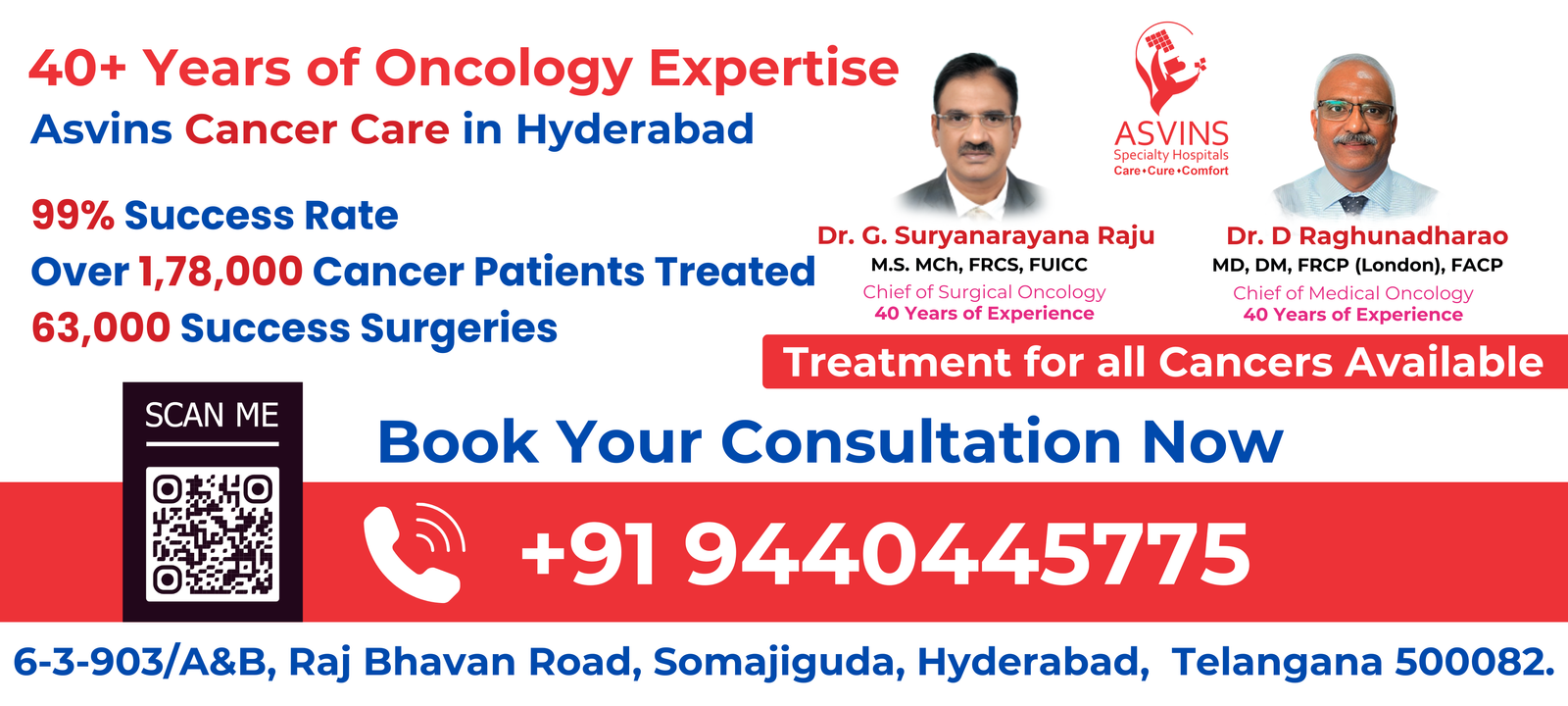Understanding the signs and symptoms of breast cancer is crucial for early detection and improved treatment outcomes. While some breast cancers may not cause noticeable symptoms in their early stages, being aware of potential warning signs can empower individuals to seek timely medical attention. Here, we discuss the key signs and symptoms associated with breast cancer.
- Breast Lumps: The most common symptom of breast cancer is the presence of a lump or thickening in the breast tissue. These lumps are often painless, but any unusual lump should be evaluated by a healthcare professional.
- Changes in Breast Size or Shape: Breast cancer may cause one breast to become larger or noticeably different in shape compared to the other.
- 3. Skin Changes: Unexplained skin changes on or around the breast, such as redness, dimpling, puckering, or thickening (resembling the texture of an orange peel), should not be ignored.
- Nipple Changes: Changes in the nipple, including inversion, discharge (especially if it’s bloody), or a rash on or around the nipple, can be indicative of breast cancer.
- Breast Pain: While breast cancer is typically not associated with pain, some individuals may experience discomfort, tenderness, or pain in the breast area.
- Swelling in the Armpit or Collarbone: Swollen lymph nodes in the armpit or collarbone area can be a sign that breast cancer has spread to nearby lymph nodes.
It’s essential to remember that these symptoms can also be caused by non-cancerous conditions. However, if any of these signs persist or seem unusual, consult a healthcare provider promptly. Regular breast self-exams and clinical breast exams can contribute to early detection, and routine mammograms are recommended as part of breast cancer screening, particularly for women over the age of 40. Early detection remains one of the most effective ways to improve breast cancer outcomes.


